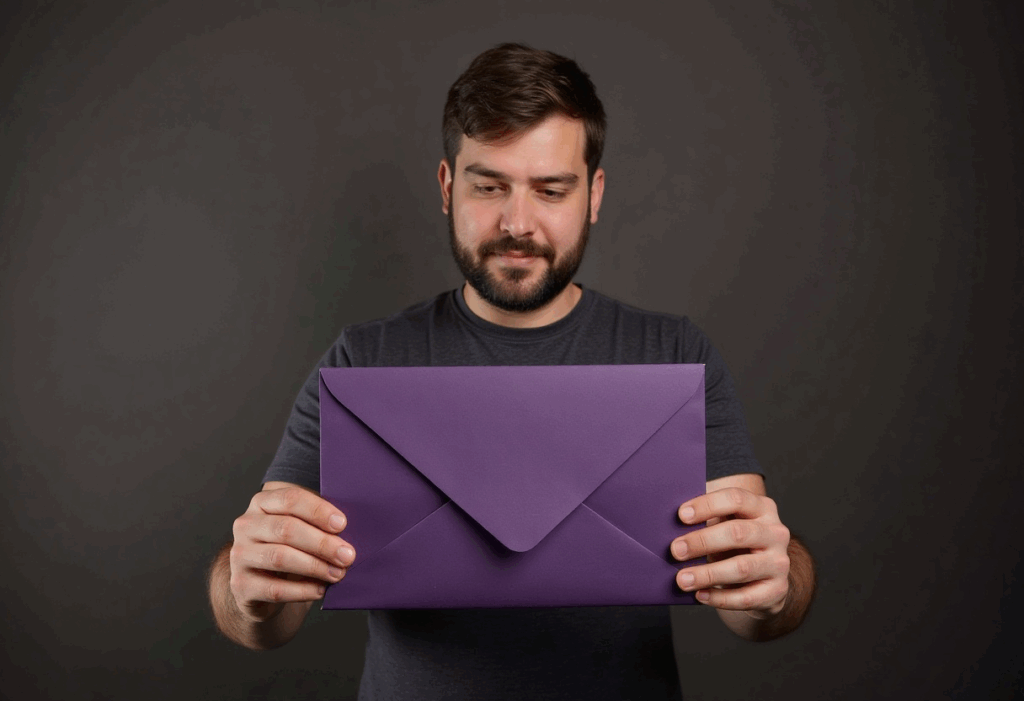Email marketing continues to be one of the most effective communication channels. However, a one-time newsletter rarely provides a meaningful response. People need attention, consistency, and engagement. That's why creating email chains for promotion conversions it becomes not just useful, but a strategically important direction in working with the customer base.
Such chains allow you to build a dialogue rather than just inform it. They build trust, help to warm up interest and lead a person to the right action — whether it's buying, registering, re-interacting, or being loyal to the company. to the brand.
Preparatory stage: goal and audience analysis
Before you start writing emails, it is important to determine why the chain is being created and for whom it is intended. This can be a welcome scenario, the return of" sleeping " customers, a series of emails after downloading a lead magnet, accompanying a purchase, or something else.
Each of these options requires understanding: who is the person on the other end of the screen, what are their pains, interests, and habits. This determines the structure of messages, their tone, visual style, and depth of topic disclosure.
Strategy: the logic of switching from message to message
Chaotic mailing rarely brings results. Therefore creating email chains to increase your conversion rate implies a well-defined logic.
Each letter is a link in the sequence, the purpose of which is not to close the deal here and now, but to gently guide the reader forward. The chain should be built in such a way that each next step builds on the previous one, does not repeat itself, and leads to a more informed decision on the part of the client.
It is important to think through the structure in advance:
— how to start dating,
— what objections should be closed,
— how to keep your attention focused,
— when to suggest an action.
Rhythm: frequency and timing
As much as the content, engagement is affected by the rhythm of mailing lists. Emails that are too frequent cause annoyance, and if they are too rare, they are forgotten. The optimal timing depends on the chain goals, the funnel stage, and user behavior.
It is best to test different options and monitor the audience's reaction. Sometimes an email sent three hours after registration works better than the same email sent a day later.
It is also important to take into account the time of day, days of the week, and region specifics — this can greatly affect the openability and clickability.
Automation: reliable implementation of your plans
In order for the email chain to work consistently and without failures, you should use special platforms. They allow you to configure scripts, track user actions, and automatically launch the right emails at the right time.
Automation not only saves resources, but also eliminates the human factor. At the same time, it is important to periodically check how the chain works, whether the content is outdated, and whether everything is displayed correctly for different mail services.
A/B tests and analytics: continuous improvement
Even the most sophisticated chain requires adaptation. Audience behavior is changing, and what worked six months ago may not work today. That's why it's important to track the following metrics: discoverability, clickability, unsubscriptions, traffic, and conversions.
Testing different email themes, header options, buttons, images, and even the length of text helps you identify what is interesting and what goes unnoticed.
This data allows you not only to respond to a drop in efficiency, but also to plan for growth — implementing improvements on time, based on real numbers.
Behavior-based personalization
When the system tracks user actions (click-throughs, clicks, purchases), emails can be made more accurate. For example, if a person viewed a certain product but didn't buy it, they can be reminded, offered a bonus, or shown a case with this product.
Such emails create a sense of care and attention. Although they are generated automatically, they are perceived by the recipient as live and timely participation. This increases the chances of a response and increases the effect of the entire chain.
Final email and soft completion
Not every chain has to end with a hard call to action. Sometimes it's more useful to end a series with an offer to stay in touch, subscribe to a blog, or just keep in touch.
A soft finish shows respect for the user and leaves a pleasant aftertaste. This sets the stage for future interactions and helps avoid annoyance.

